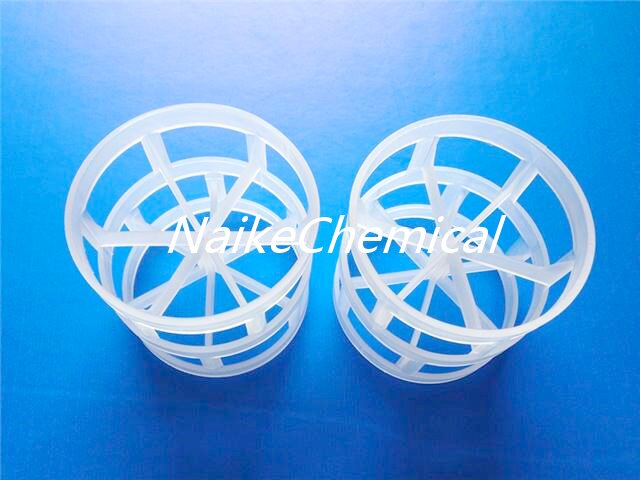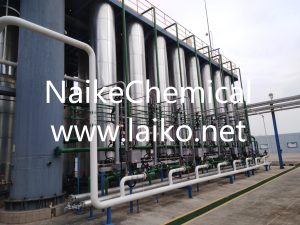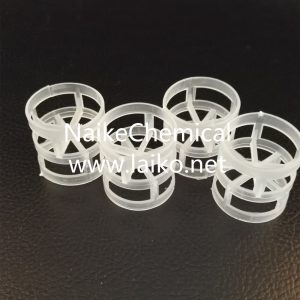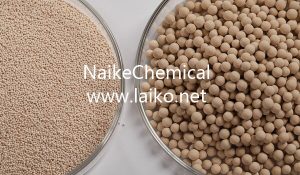What is PVDF Material?
Polyvinylidene fluoride, commonly known as PVDF, is a high-performance thermoplastic polymer. It belongs to the fluoropolymer family and is known for its exceptional chemical resistance, mechanical strength, and thermal stability. PVDF is a semi-crystalline polymer with a high melting point, making it suitable for various demanding applications.
Here are some key properties and characteristics of PVDF:
Chemical Resistance: PVDF is resistant to a wide range of chemicals, acids, and solvents, making it suitable for use in corrosive environments.
Mechanical Strength: It has good mechanical properties, including high tensile strength and impact resistance. This makes PVDF suitable for applications where mechanical strength is crucial.
Thermal Stability: PVDF has a high melting point and retains its properties at elevated temperatures, making it suitable for use in high-temperature applications.
Weather Resistance: PVDF is resistant to ultraviolet (UV) radiation and weathering, making it suitable for outdoor applications.
Electrical Properties: PVDF exhibits good electrical insulation properties, and it is often used in electrical and electronic applications.
Flexibility: Despite its high mechanical strength, PVDF is relatively flexible, allowing it to be used in applications where some degree of flexibility is required.
Flame Resistance: PVDF is inherently flame-resistant and has a low smoke generation, making it suitable for applications with fire safety requirements.
PVDF is commonly used in various industries, including chemical processing, electrical and electronics, aerospace, construction, and medical devices. It is employed in the manufacturing of pipes, fittings, pumps, valves, wire insulation, sensors, and more. Additionally, PVDF is known for its use in the production of piezoelectric materials, which find applications in sensors and actuators.




